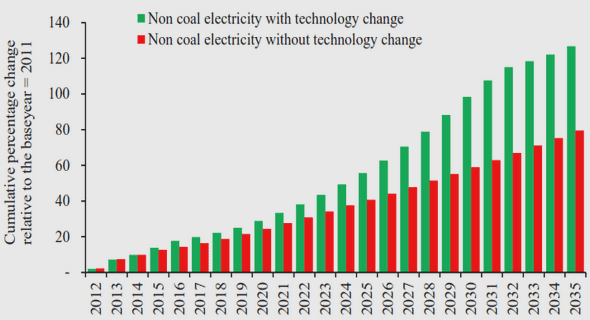(Downloads - 0)
For more info about our services contact : help@bestpfe.com
Table of contents
1 Introduction
1.1 Revealed Preferences
1.2 Beyond Classical Preferences
1.2.1 Relaxing Transitivity and Menu-Independence
1.2.1.1 Partial Order
1.2.1.2 Interval Order
1.2.1.3 Semi-Order
1.2.1.4 Monotone Threshold
1.2.1.5 Menu-Dependent Threshold
1.2.1.6 Context-Dependent Threshold
1.2.2 Robust Revealed Preferences
1.2.2.1 The Strict Unambiguous Choice Relation
1.2.2.2 The Transitive Core
1.2.2.3 Other Welfare Relations
1.3 Organization of the Dissertation
2 Predictive Power in Behavioral Welfare Economics
2.1 Introduction
2.1.1 Empirical Findings in Behavioral Welfare Economics
2.2 Data
2.2.1 Experimental Data
2.2.2 Consumption Data
2.2.2.1 Analysis Sample: Panelists
2.2.2.2 Analysis Sample: Demographic Characteristics
2.2.2.3 Analysis Sample: Bundles
2.2.2.4 Analysis Sample: Prices
2.2.2.5 Additional Considerations
2.3 Results
2.3.1 Inconsistencies in Revealed Preferences
2.3.2 Inconsistencies in SUCR and TC
2.3.3 Completeness of SUCR and TC
2.3.4 Predictive Power of SUCR and TC
2.3.5 Predictive Power and Revealed Preference Properties
2.3.5.1 Number of Direct RP Cycles
2.3.5.2 Fraction of RP Cycles that are Direct
2.3.5.3 Regression Analysis
2.4 Discussion and Conclusion
3 Identifying Choice Correspondences
3.1 Introduction
3.2 Deinition of the Pay-For-Certainty Method
3.2.1 General Setup
3.2.2 Deinition of the Pay-For-Certainty Method
3.2.2.1 Incentive to Choose Several Alternatives
3.2.2.2 Selection Mechanisms
3.2.2.3 Linear versus Proportional Bonus Payment
3.2.3 Pay-For-Certainty with a Uniform Selection Mechanism
3.3 Identiication of the Choice Correspondence
3.3.1 Assumptions
3.3.2 Identiication of the Choice Correspondence
3.3.2.1 Partial Identiication of the Choice Correspondence
3.3.2.2 Full Identiication of the Choice Correspondence
3.3.3 Consistency when Full Identiication Fails
3.3.3.1 Compatibility with Classical Preferences
3.3.3.2 Compatibility with a Partial Order
3.3.3.3 Compatibility with Menu-Dependent Threshold
3.3.3.4 Compatibility with Fixed Point
3.4 Conclusion
4 Pay-for-certainty in an Experiment
4.1 Introduction
4.1.1 Menu Choice in the Literature
4.2 Design of the Experiment
4.2.1 Tasks
4.2.2 Timing
4.2.3 Information Treatments
4.2.4 Choices
4.2.5 Questionnaire
4.2.6 Data
4.2.7 Demographics Characteristics
4.3 Comparing Three Revelations Method
4.3.1 The Benchmark: Forced Single Choice
4.3.2 0-Correspondences
4.3.3 1-Correspondences
4.3.4 Identiied Choice Correspondence
4.3.4.1 Fully Identiied Choice Correspondences
4.3.4.2 Partially Identiied Choice Correspondences
4.3.5 Related Literature and Discussion
4.4 Going Further with Correspondences
6 CONTENTS
4.4.1 Intransitive Indiference
4.4.2 Menu-Dependent Choices
4.4.3 Discussion
4.5 Inluence of the Information Provided
4.6 Conclusion
5 Conclusion




